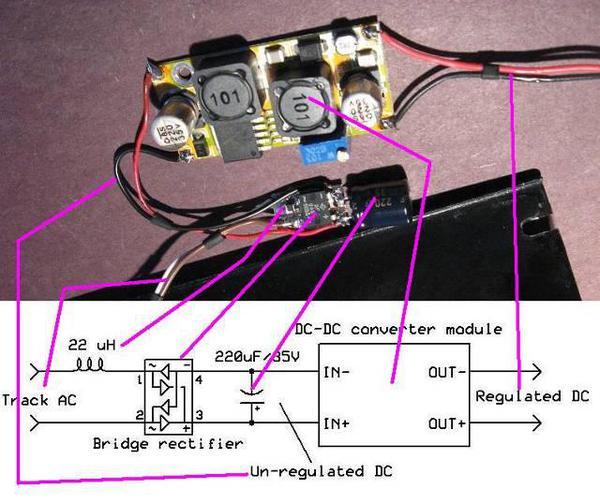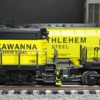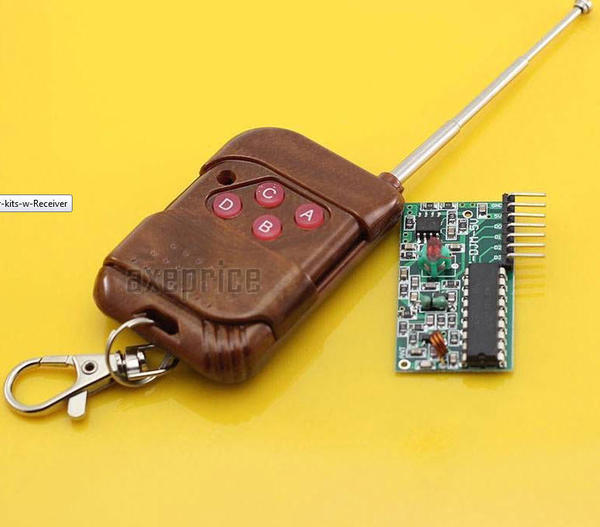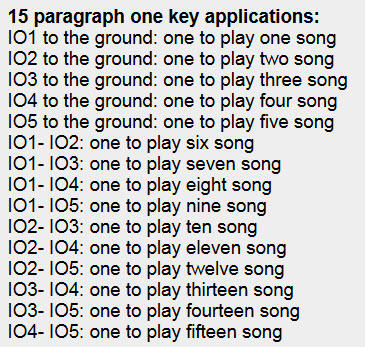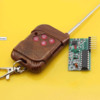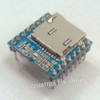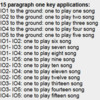I am hoping to be able to use the receiver and transmitter boards as is and just remove those pins and jumper it to a sandwich board that would have the processor, power supply, and interface wires or connector. Same for the transmitter, I'd just remove the push buttons and connect the uP encoded signal to those inputs. In examining the transmitter button circuit, I may have to use onto-isolation for the button simulation, not a big deal.
Since the transmitter and receiver boards can be had for around $2.50, there's no way I can come close to that buying all the parts, getting is assembled, etc. I also face the issue of reverse engineering and building the RF sections, yet more work. I like the idea of a somewhat universal remote control, but if it gets too complicated, it's not going to get done. I can see it costing considerably more for me to try to replicate the functionality of the existing boards.
As far as the addresses, I have some thoughts on how this might function. Experimenting with the unit on the bench last night I discovered with the four pins, you have 15 different combinations. You can activate one, two, three, or all the buttons on the remote at the same time and get the corresponding pattern from the receiver. That gives you 15 data values, I don't count 0 as that's the quiescent state.
In thinking how the communications might work, it occurs to me that we only want to transmit in bursts, not continuously. Taking a page from how Legacy communicates uni directionally, here's how I see it working.
- Use two states for each input/output channel.
- The low value indicates the input has gone active, and the receiver's corresponding output would have a high output.
- The high value indicates the input has gone inactive, and the receiver's corresponding output would have a low output.
Using this scheme, I could have seven channels with positive control that follows the state of the input at the transmitter side.
As far as outputs, I'm still thinking on that score. I see the need to potentially onto-isolate at least some of the outputs for maximum flexibility. I may consider some small relays for one or more of the outputs.
I can consider piping some address bits down to the sandwich board to expand the capability of the transmitter and receiver. I would visualize a single transmitter with expanded address capability and perhaps multiple receivers. Multiple transmitters would probably create signal issues if they could be triggered at the same time.
A cool part of this is that you could trigger the address zero receiver with an unmodified hand-held transmitter by pressing the correct keys together.
Lots of possibilities here...




